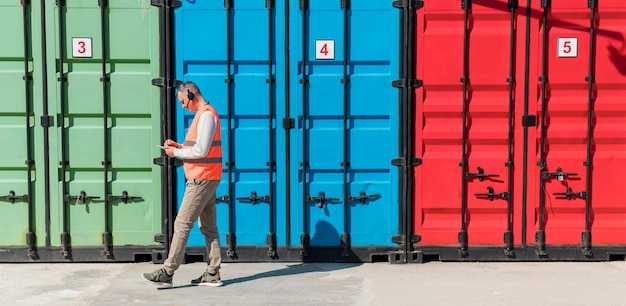Spain is a strategic gateway for international trade, linking European markets with the Iberian Peninsula and connecting global supply chains to the Mediterranean and Atlantic corridors. Major port hubs such as Valencia, Algeciras, Barcelona, and Bilbao act as gateways for containerized freight, Ro-Ro, and bulk cargo, supported by a dense road and rail network to reach inland destinations. Geographic diversity and a well-developed hinterland enable efficient regional distribution and seamless access to European markets.
Sea freight dominates Spain’s logistics landscape, with modern container terminals and frequent liner services. Valencia and Algeciras are among the busiest ports, handling high volumes of containers, cars, and bulk goods, while routes to North Africa and Latin America reinforce Spain’s role as a transshipment point. Inland connectivity by rail and road converts port throughput into end destinations, enabling reliable end-to-end logistics.
For exporters and importers, compliance with EU customs regulations și Spanish transit procedures is essential. Efficient documentation, EDI, and electronic customs declarations reduce clearance times and minimize delays at border crossings or port terminals.
Choosing the right mode and terms affects transit times, dwell costs, and risk exposure. Incoterms 2020 definitions, insurance coverage, and packaging standards influence carrier selection and duties. Plan for lead times, seasonal port congestion, and weather-sensitive cargo in the Iberian climate.
Digitalization and data sharing are transforming freight shipping in Spain. Real-time tracking, port community systems, and integrated transport exchanges improve visibility and coordination across multimodal chains. Sustainable logistics initiatives, such as vessel efficiency programs and modal shift to rail, align with EU climate goals while maintaining dependable service levels.

 Freight Shipping Spain">
Freight Shipping Spain">
